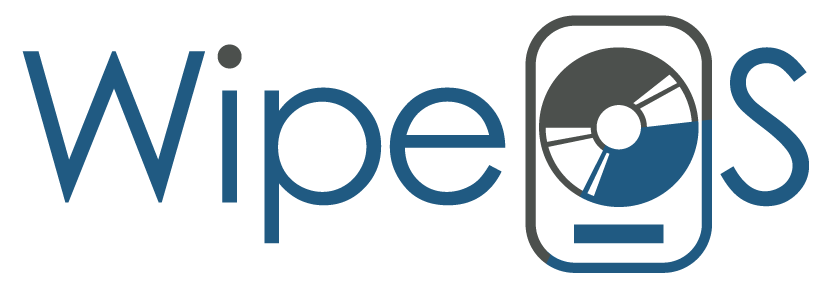
WipeOS
WipeOS offers a comprehensive data destruction solution for a wide range of commonly used IT devices within organizational settings. By integrating WipeOS into your network infrastructure or utilizing its additional features such as USB or Wi-Fi, you can effectively sanitize data from decommissioned devices, thereby significantly reducing the risk of potential data breaches. Even in cases where organizations have policies in place to physically shred hard drives containing sensitive information, there remains a substantial exposure to data loss or theft during the period between device decommissioning, drive removal, and hard drive shredding.
Single Board Computers (SBCs)
Results:
1
Series
Expansion Site/Bus
Core Processor
Operating Temperature
Video Outputs
Speed
Watchdog Timer
USB
Size / Dimension
Digital I/O Lines
RS-232 (422, 485)
RAM Capacity/Installed
Analog Input
Power (Watts)
Form Factor
Contents
Cooling Type
Storage Interface
Ethernet
Number of Cores
Results remaining:1
Applied Filters:
WipeOS
About Single Board Computers (SBCs)
Single Board Computers (SBCs) are compact electronic devices that contain all the necessary components of a computer on a single board. These devices typically include a microprocessor, memory, input/output interfaces, and expansion sites. The microprocessor is the core component of the SBC, responsible for performing numerical and logical processing tasks. The speed, number of cores, power consumption, and cooling type are important characteristics of the microprocessor, as they determine the overall performance and efficiency of the SBC. SBCs can be equipped with a variety of different microprocessors, including those produced by companies such as Advantech, AMD (including their core, G-series, Geode, and GX lines), ARMADA, ARM Cortex, Atom, Celeron, ColdFire, Core 2, Intel (including their Atom, Celeron, Core, LGA, Quark, Apollo, and Pentium lines), Pentium, Rabbit, RK3288, Rochchip, TI Sitara, ULV Celeron, VIA Eden, Vortex, and Z180. In addition to the microprocessor, SBCs also contain memory, which is used to store data and software instructions. The amount and type of memory present on an SBC can impact its performance and compatibility with different software applications. Input/output interfaces allow the SBC to communicate with other devices and peripherals, such as displays, keyboards, and sensors. Expansion sites provide the ability to add additional functionality or customize the SBC to specific application requirements. Overall, SBCs offer a compact and versatile solution for incorporating computing power into a wide range of devices and equipment. By selecting the appropriate microprocessor, memory, and expansion options, developers can create customized SBC solutions tailored to their unique needs.

